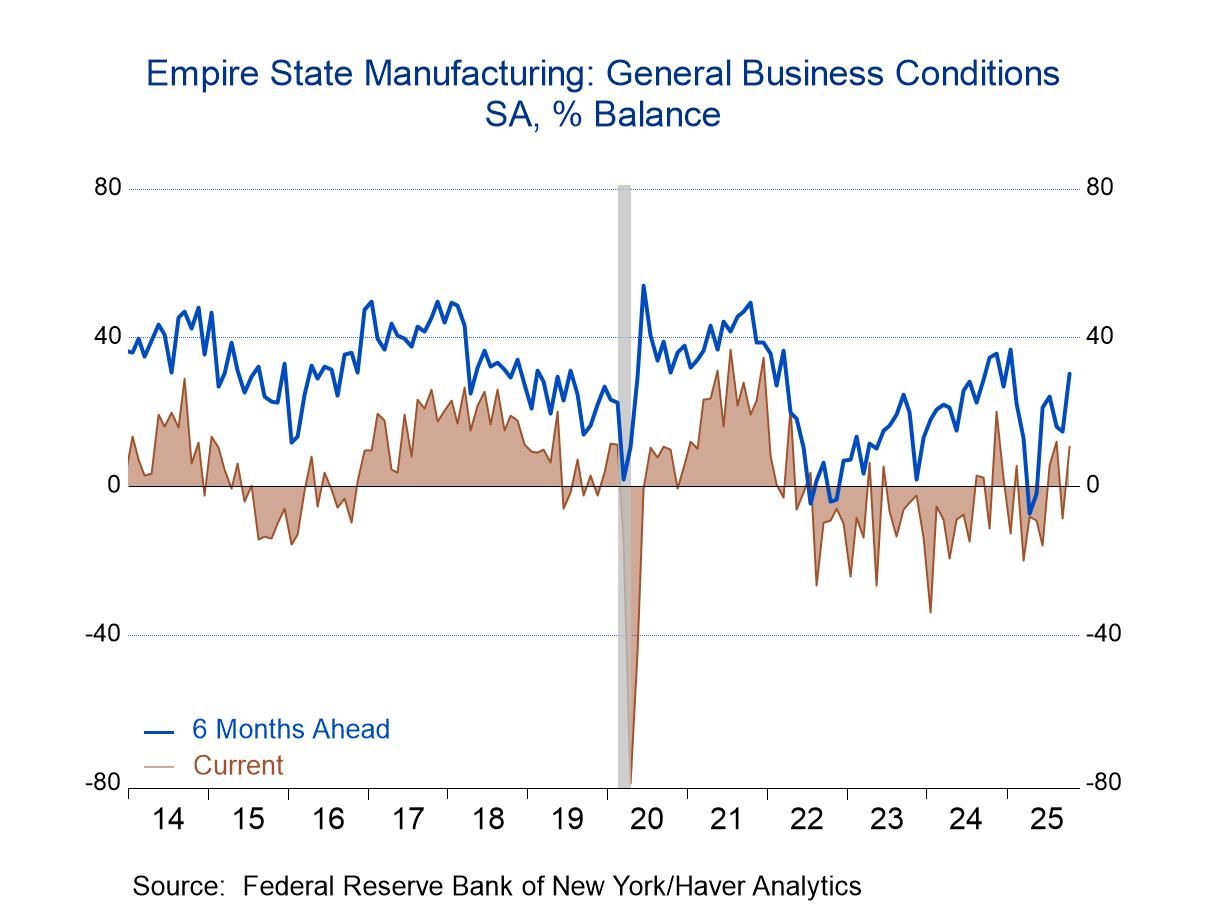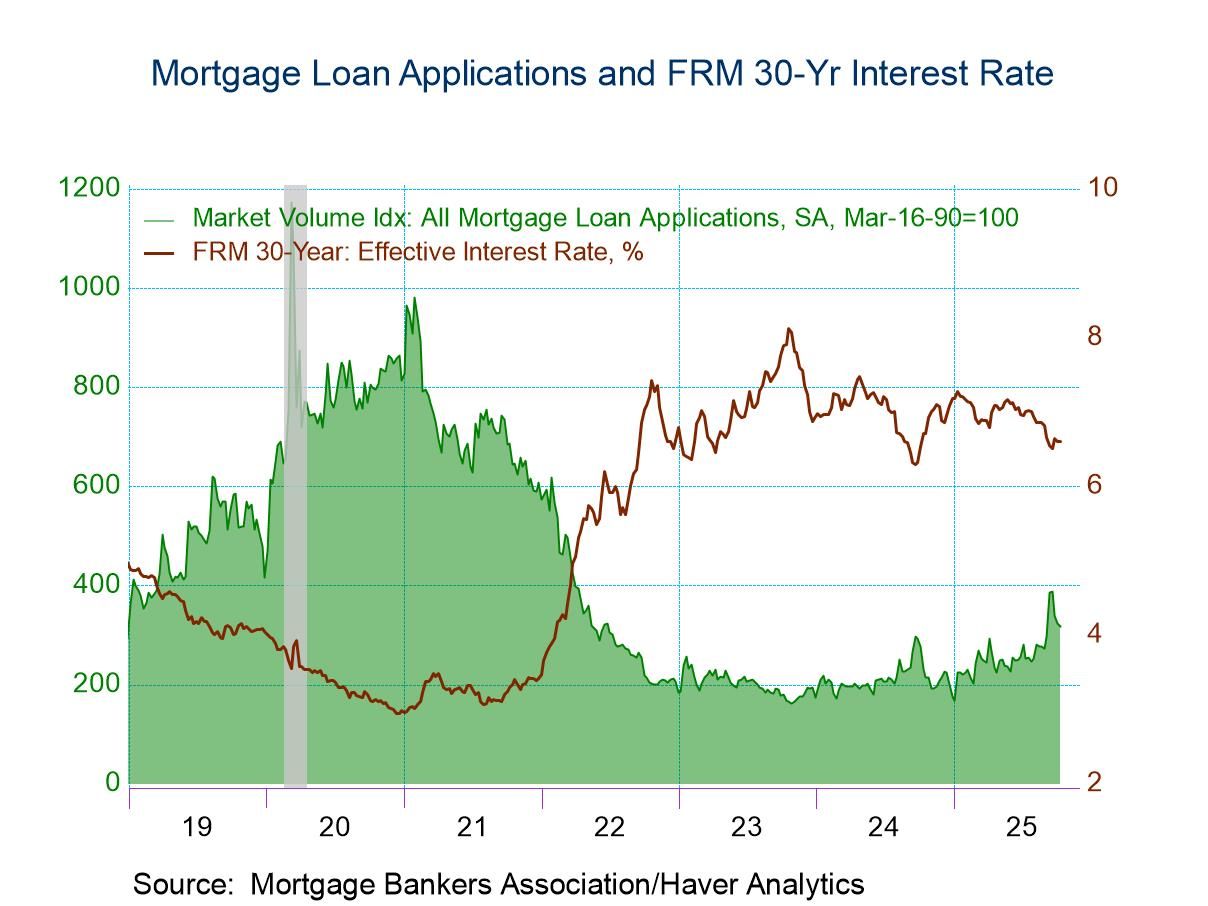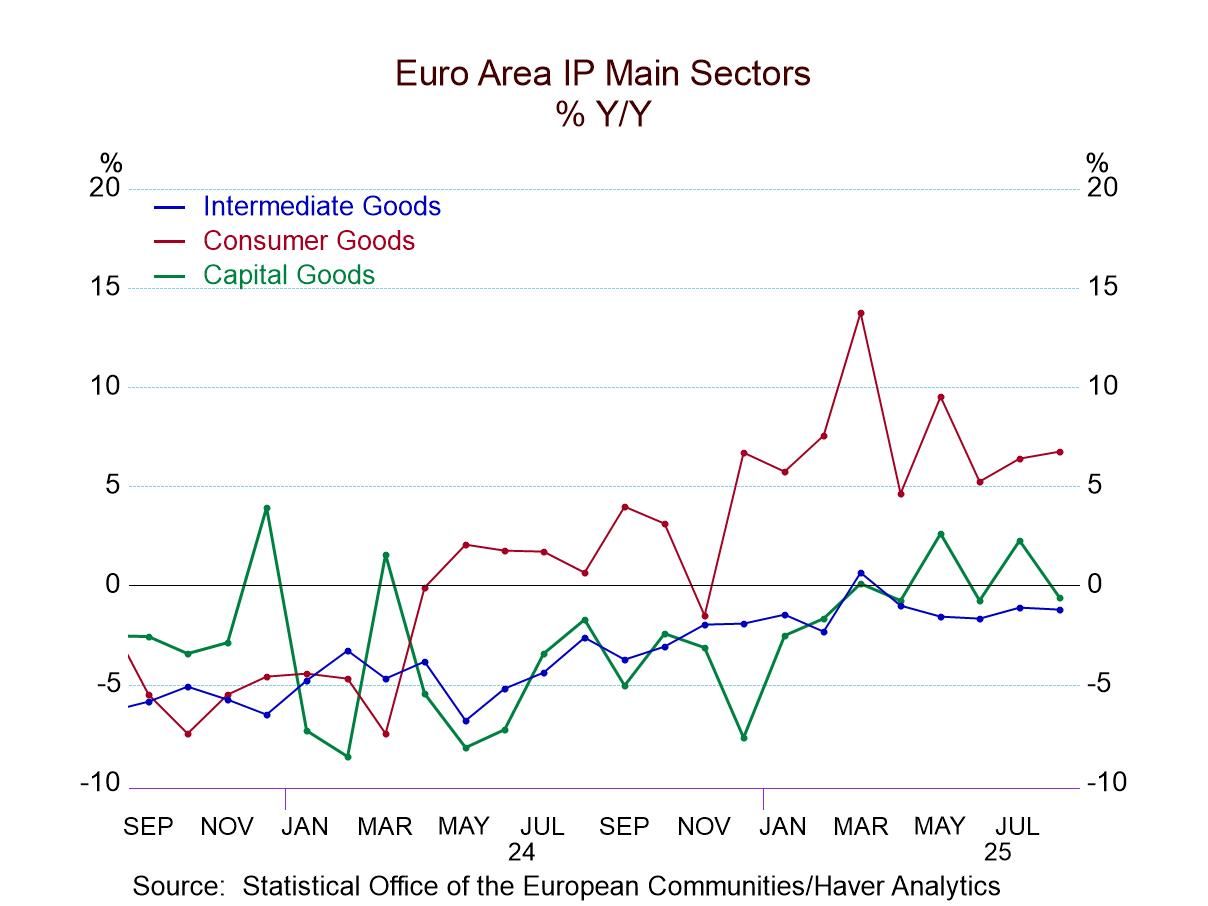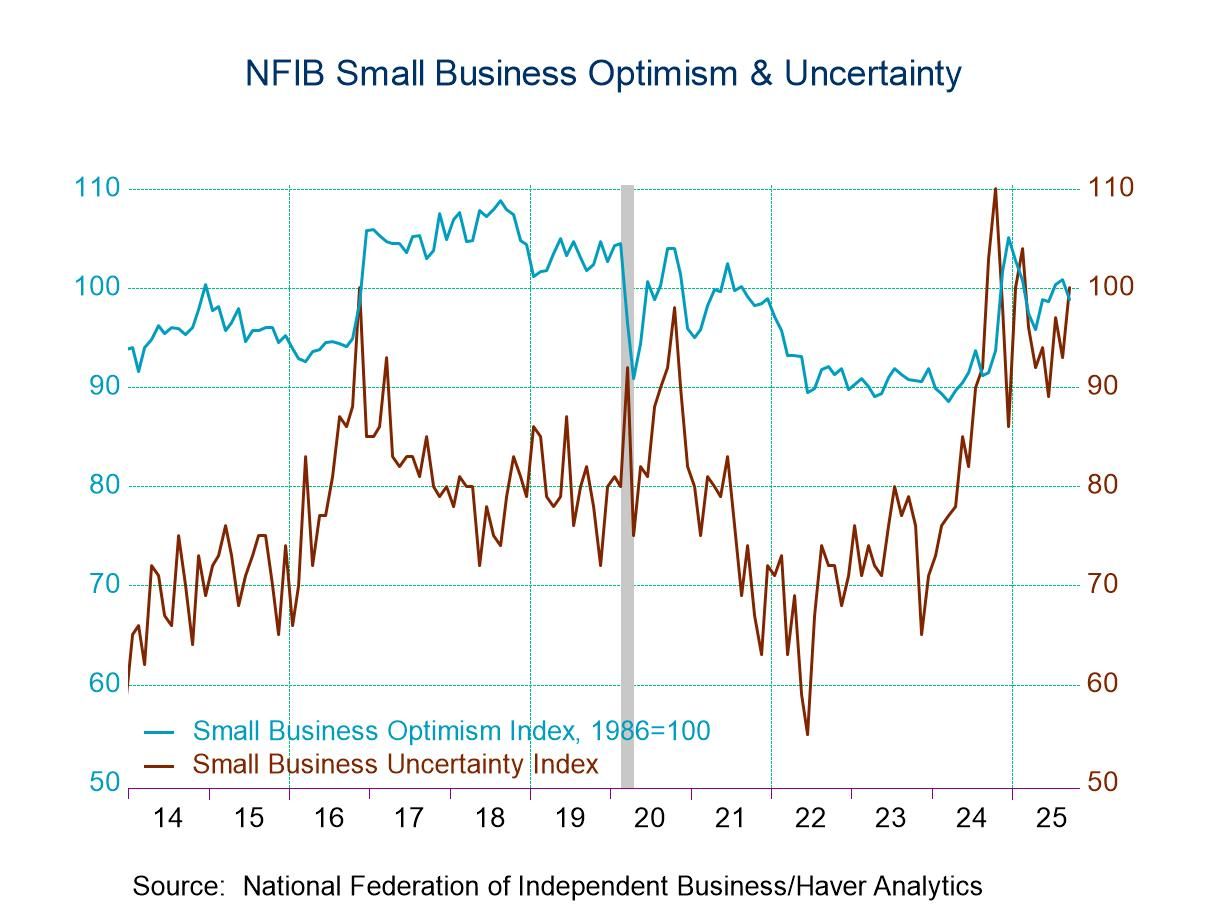Fed Economy Watchers Index Eases

Japan's Economy Watchers index eased in March, falling to 49.8 from 51.3 in February. The index indicates the slightest contraction underway in March, as well as a step down from its February reading. The future index also edged lower in March, but it continues to point to expansion (or expected future improvement) with a 51.2 diffusion reading. This is weaker than the 53.0 reading in February, but it’s above 50, indicating expansion. The assessment of current employment situation in March strengthened slightly to 52.5 from 52.2 in February. Both employment readings show modest net advances for employment since the diffusion readings are above 50.
Current index- The current index shows a slew of declines over three months, six months, and 12 months. Housing is an exception over all horizons while employment is an exception over six months. Still, diffusion values are above 50 in 5 of 9 current components, but diffusion is below 50 for the headline. That means most components are showing expansion; the headline is just a few ticks below signaling static growth conditions. At the far right, the column ‘queue standing’ is presented. These metrics are different; they rank the diffusion data over all diffusion values back to March 2002. On the queue standing data, any value above 50% is above its median on that timeline. Note that all current readings are above their respective medians except employment (40.7%).
Future index- The future reading shows a decline in diffusion month-to-month in March, but across components there is more weakening compared to February values (8 of 9). In January, all components improved as well as the headline, except for services. Over three months and six months, three components weakened month-to-month (eating and drinking places, services, and employment). In addition, over 3-month manufacturing weakened. All components and the headline weakened over 12 months. The diffusion values in March find the future components largely over 50 (6) compared to a few (3) below 50. Most industries see future improvement; the exceptions are for housing, manufacturing, and for employment (diffusion below 50 in March). The queue standings for the future index show housing and employment below the median value of ‘50%.’ Employment is below a queue ranking of 50% in the current reading as well as in the future reading, not a good development. At least the current employment diffusion reading is still above 50% (52.5).
In Japan’s Tankan report manufacturing is the bellwether. For the Economy Watchers, it may be ominous that manufacturing has a current diffusion value at 47.8, and a queue standing only at its 54th percentile. The future index for manufacturing is also below 50 (49.4) but with a firmer-looking queue standing in its 62nd percentile. In contrast, nonmanufacturing readings are above 50 with 70th to 80th percentile standings. But these are not Japan’s bellwethers in the Tankan. The Tankan also focuses on the performance of large firms, a division we do not see here.
The chart shows current future and current employment readings coalescing around a diffusion value of 50 (unchanged output or employment). ‘Unchanged’ has a relatively high queue standing back to 2003 judging from the standing of the current headline. It is hard to get a clear reading on momentum from the chart. For now, Japan’s growth and outlook are adequate and expanding. Conditions are largely better than they have been. But when the headline reading of diffusion at 49.8 has a queue standing in its 68th percentile, you know the comparison is with a weak history. The same is true for the future readings. The Economy Watchers index may be adequate, but it is not impressive in March.

Robert Brusca
AuthorMore in Author Profile »Robert A. Brusca is Chief Economist of Fact and Opinion Economics, a consulting firm he founded in Manhattan. He has been an economist on Wall Street for over 25 years. He has visited central banking and large institutional clients in over 30 countries in his career as an economist. Mr. Brusca was a Divisional Research Chief at the Federal Reserve Bank of NY (Chief of the International Financial markets Division), a Fed Watcher at Irving Trust and Chief Economist at Nikko Securities International. He is widely quoted and appears in various media. Mr. Brusca holds an MA and Ph.D. in economics from Michigan State University and a BA in Economics from the University of Michigan. His research pursues his strong interests in non aligned policy economics as well as international economics. FAO Economics’ research targets investors to assist them in making better investment decisions in stocks, bonds and in a variety of international assets. The company does not manage money and has no conflicts in giving economic advice.






